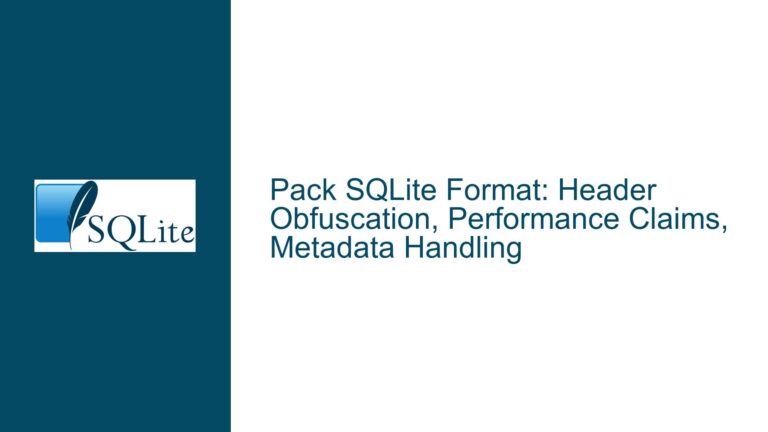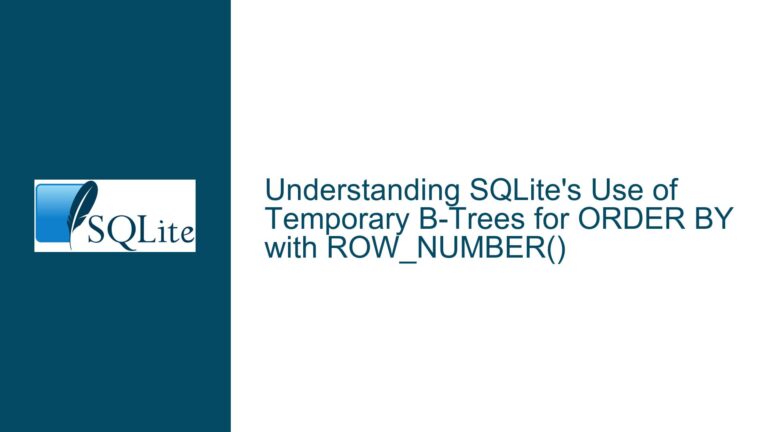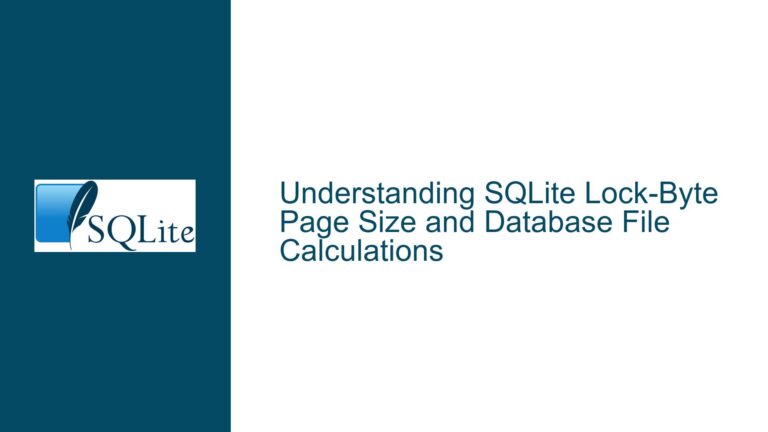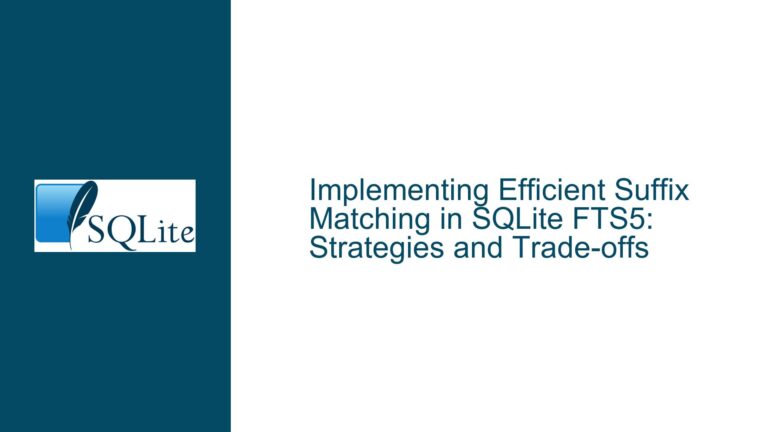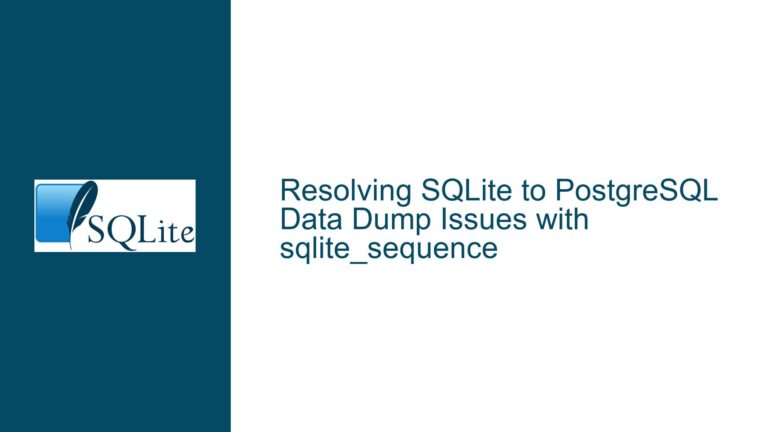Pack SQLite Format: Header Obfuscation, Performance Claims, Metadata Handling
SQLite Header Obfuscation and Compatibility Concerns Issue Overview The Pack file format modifies the SQLite header to obscure its underlying database structure. While the developer states this is done to "prevent mistakes and future compatibility issues," this design choice fundamentally breaks compatibility with standard SQLite tooling. Users cannot directly open Pack files in SQLite CLI…
